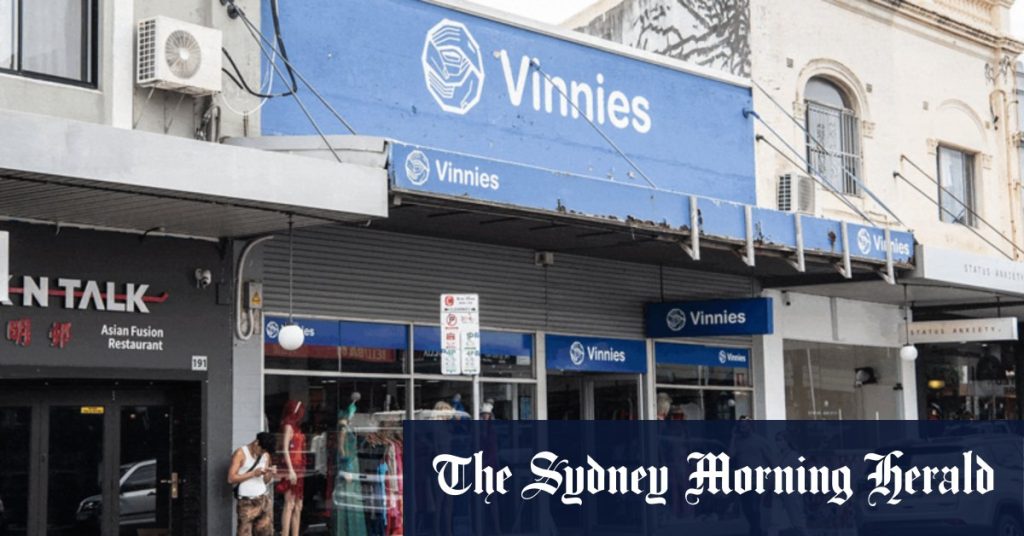The OMNIA building in Kings Cross is held up as a prime example of thoughtful redevelopment, as it retained 90% of the 1960s-era hotel that it replaced. The approach of transforming detracting buildings without demolishing them is seen as a positive way forward for developers. In areas such as Mosman and North Sydney, councils are dealing with detracting buildings that do not align with the heritage character of the area. Mosman Council, for example, has 51 detracting buildings out of 1369 properties in heritage areas, and plans are in place for their eventual replacement with structures that are more in line with the prevailing aesthetics.
Various councils in Sydney are actively classifying buildings in their heritage areas as contributory, neutral, or detracting. This framework is aimed at shedding light on which structures may not align with the historical significance of the area and may need to be considered for redevelopment. Some councils, such as Bayside Council, plan to expand their identification of “uncharacteristic” buildings in new heritage areas. The goal is to balance preservation and progress, ensuring that future developments are sympathetic to the existing character of their surroundings.
The heritage and new housing debate is a contentious issue, with local councils, developers, and planning authorities grappling with how to balance the need for increased housing supply with the preservation of heritage structures. Planning Minister Paul Scully asserts that heritage and new housing can coexist, emphasizing the importance of addressing the housing crisis while also respecting historical significance. Critics, however, raise concerns about the potential loss of heritage and character in local neighborhoods as a result of new housing developments.
There is ongoing debate about the classification of buildings in heritage areas, with some experts calling for a reevaluation of traditional heritage assessment methods. Architect Gerard Reinmuth argues that buildings should be creatively repurposed rather than demolished, to create a diverse and rich urban environment over time. However, others caution against overemphasis on demolition and advocate for a more nuanced approach that values the existing environment and enables urban intensification through thoughtful design practices.
As the NSW government’s planning reforms continue to spark controversy, concerns are raised about the impact on urban design and heritage conservation. While efforts to identify and address detracting buildings are seen as positive steps, there is a fear that overly strict heritage classification systems may hinder new housing developments. Property industry figures express reservations about the use of heritage conservation areas to restrict change and new construction, citing the need to balance preservation with the demands of urban growth.
Ultimately, the challenge lies in finding a balance between preserving heritage values and meeting the housing needs of a growing population. With differing opinions on the classification and treatment of buildings in heritage areas, there is a need for ongoing dialogue and collaboration between stakeholders to ensure that urban development is guided by principles of sustainability, preservation, and thoughtful design. As the debate unfolds, the importance of finding common ground and a shared vision for the future of Sydney’s built environment becomes increasingly vital.


